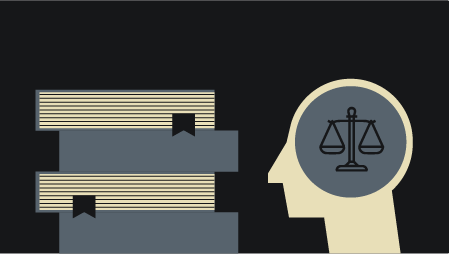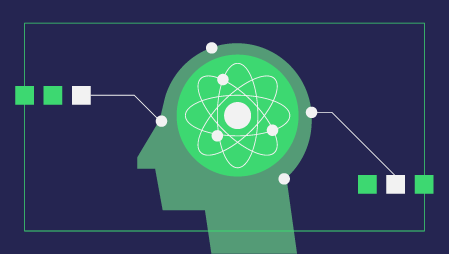Methods for Binary Behavioral Prediction
By binary behavioral prediction we mean predicting if a behavior will occur or not. This is a classification problem. A number of techniques are applied to this – from the (most) common logistic regression over support vector machines to decision trees and neural networks. Whenever you face a prediction problem, time is inherently included in your model you want to predict a future value of a criterion using data available in the present. But in most cases your model and predictors do not address any sequential ordering. Temporal dynamics are not explicitly modeled – different lags of the predictors are all treated as static data. However, there can be value in incorporating sequential information in your prediction models. A very simple way of doing so is conducting some feature engineering on the time series of the predictors: i.e., taking the slope, the deltas, or the standard deviation of your time series observations and including them as predictors. But of course, this is not where it stops. Other interesting approaches to sequence modeling include the following:
- Time series econometrics as its own discipline, often in the form of panel data econometrics for individual behavioral predictions.
- Survival analysis as a subtype for panel data analysis.
- Markov models and Hidden Markov Models for modeling sequences of states.
- Advanced efforts of including sequential information in other ways (e.g. Prinzie and van den Poel 2006, Eichinger et al. 2006)



